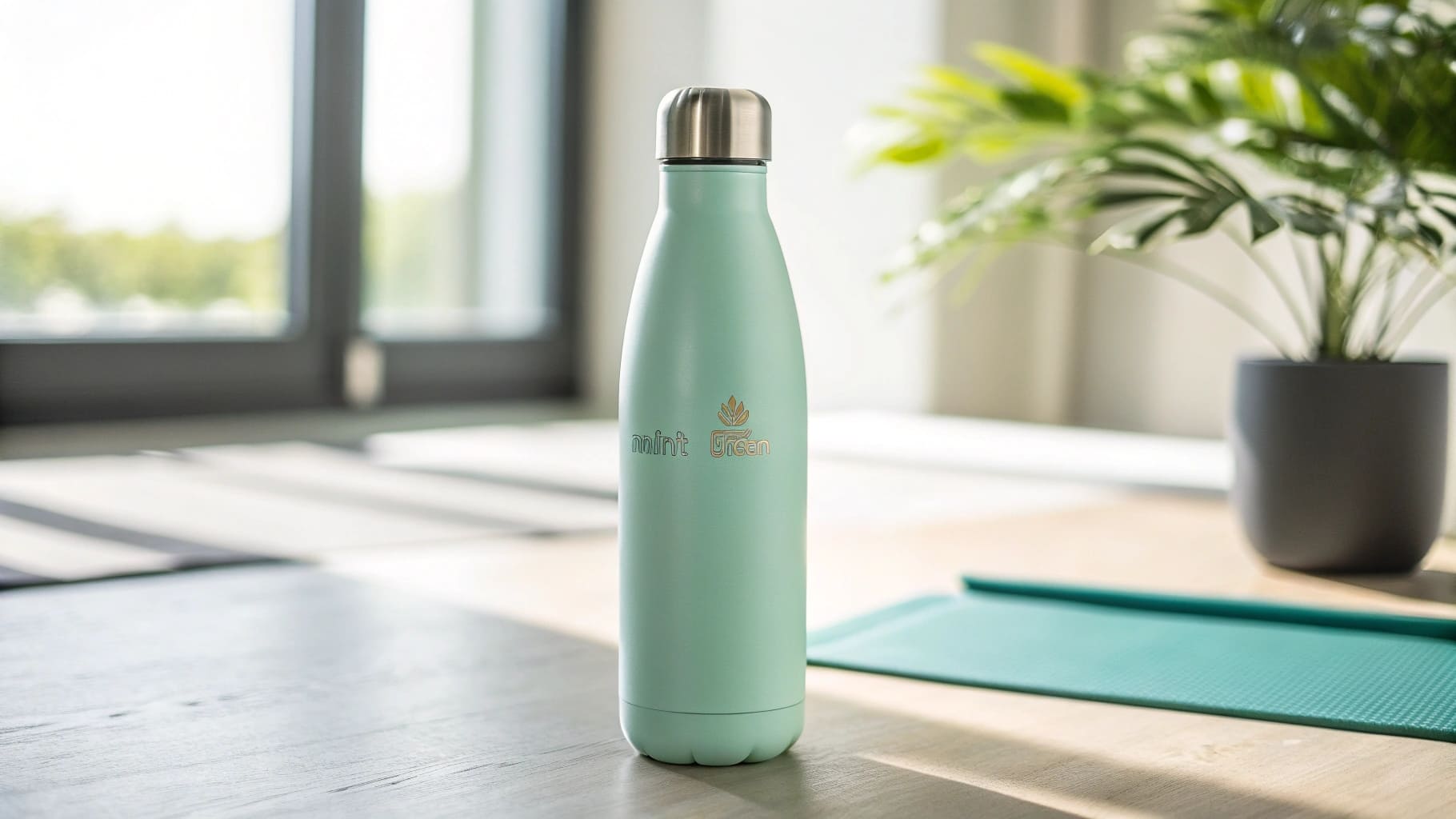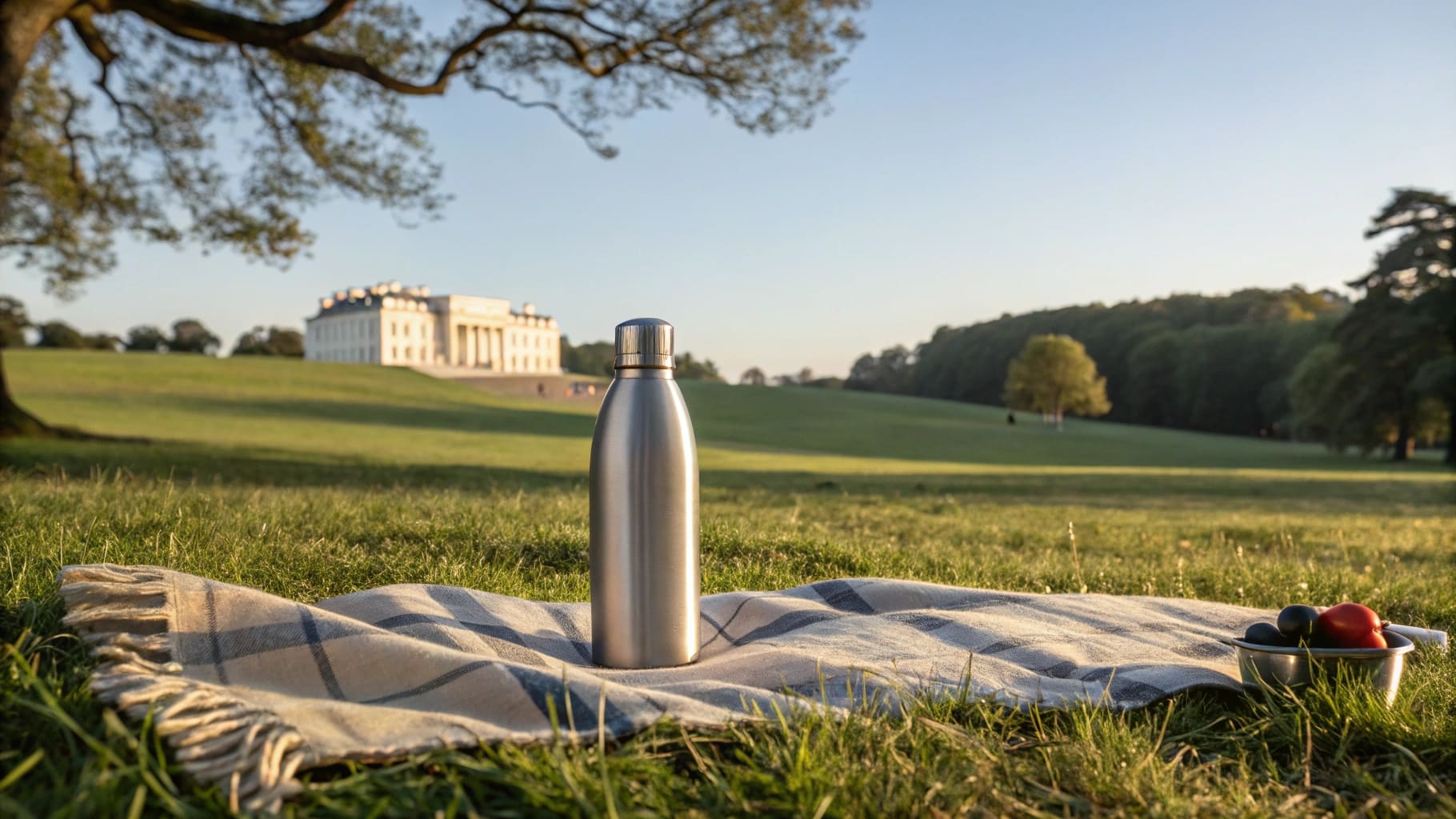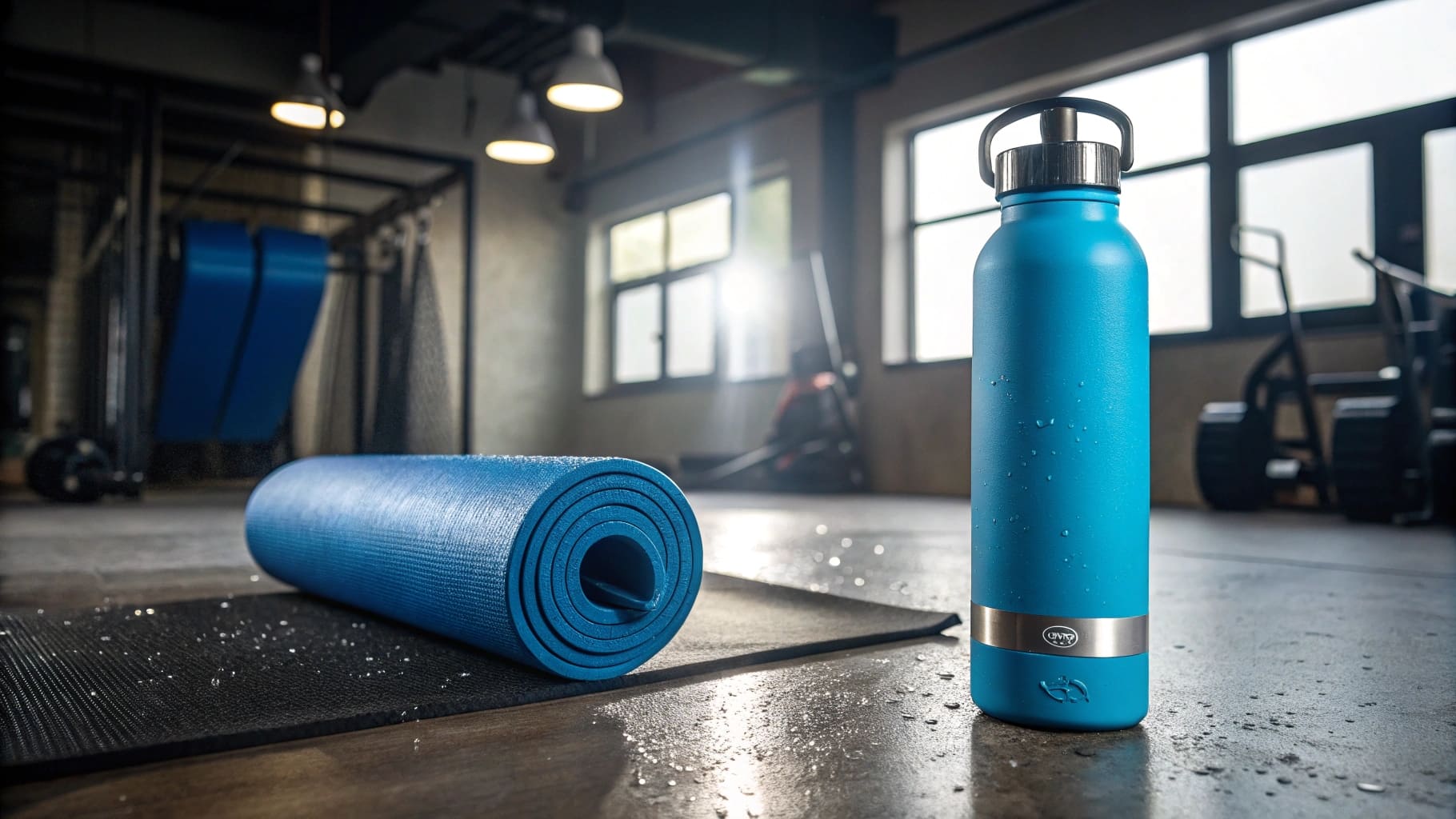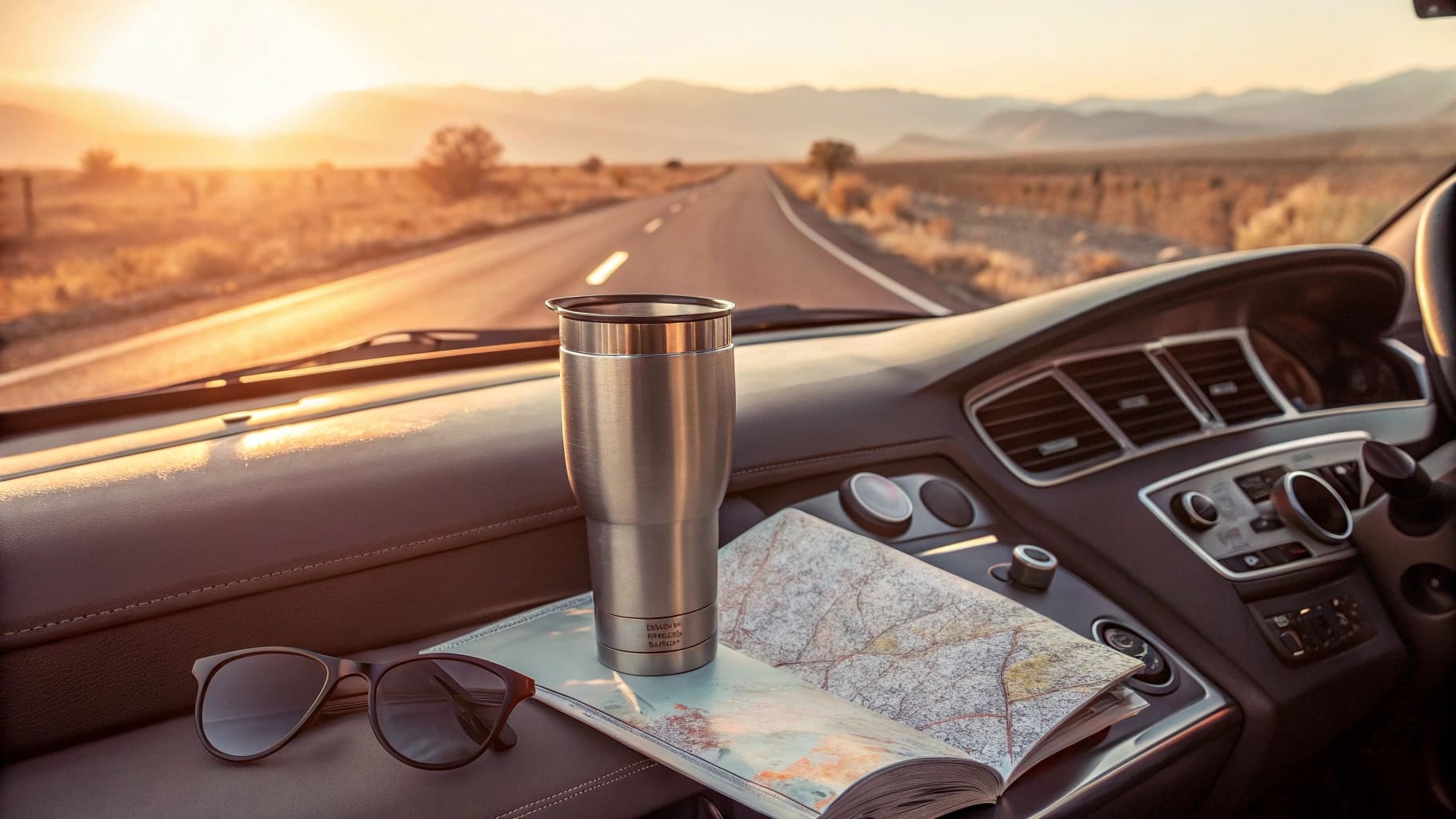Choosing the right stainless steel for your products can be confusing. Poor choices lead to quality issues. This guide will make it simple for you.
For products like water bottles, 304 stainless steel is generally the best choice. It offers superior corrosion resistance and durability. This is vital for items that hold liquids, ensuring safety and longevity for your customers.

Understanding these material differences is so important for B2B buyers. It affects your product quality, brand reputation, and even customer safety. As someone who has worked with many clients, like Mark Shenng from Canada, I know these details matter. Let's dive deeper into specific questions I often hear.
Which is Better for Your Water Bottles: 304 or 201 Stainless Steel?
Struggling to pick between 304 and 201 stainless steel for your bottles? Choosing wrong can affect your product's quality. I'll help you understand the key differences.
For water bottles and similar drinkware, 304 stainless steel is the superior option. Its composition, especially the higher nickel content, provides excellent resistance to rust and corrosion, making it ideal for prolonged contact with liquids.

When we talk about stainless steel for food and drink products, the conversation often comes down to 304 versus 201 grade. As a B2B supplier, I always emphasize to my clients, including procurement officers and startup bosses, that this choice is fundamental.
Understanding 304 Stainless Steel
304 stainless steel is often called 18/8 stainless steel. This name comes from its typical composition: around 18% chromium and 8% nickel.
- Chromium Content: This is key for corrosion resistance. It forms a passive layer on the steel's surface, protecting it from rust.
- Nickel Content: Nickel enhances this corrosion resistance, especially against acidic substances. It also improves formability and durability. For water bottles, which need to withstand daily use and various liquids, this is a big plus. This is why it's the industry standard for high-quality drinkware and food processing equipment.
Understanding 201 Stainless Steel
201 stainless steel has a different makeup. It contains a lower amount of nickel (around 0.5-1.5%) and a higher amount of manganese (around 5.5-7.5%) and nitrogen. This was developed to reduce cost, as nickel is more expensive than manganese.
- Lower Corrosion Resistance: While still food-grade for some uses, the lower nickel and higher manganese make 201 stainless steel more prone to rust and corrosion over time, especially if it's regularly exposed to moisture or acidic liquids. I've seen instances where 201 steel products showed signs of rust much sooner than expected, leading to unhappy end-users.
Direct Comparison for Drinkware
| Feature | 304 Stainless Steel (18/8) | 201 Stainless Steel |
|---|---|---|
| Corrosion Resistance | High | Moderate |
| Nickel Content | Approx. 8-10.5% | Approx. 0.5-1.5% |
| Manganese Content | Approx. 1% | Approx. 5.5-7.5% |
| Durability | Excellent | Good |
| Cost | Higher | Lower |
| Suitability for Drinkware | Preferred / Industry Standard | Less Ideal / Riskier |
For B2B buyers like Mark, who exports to discerning markets in America and Europe, choosing 304 stainless steel for water bottles is a clear decision for quality and brand reputation. While 201 is cheaper, the potential for rust and customer complaints makes it a risky choice for products that are meant to hold drinking water.
Is 201 Stainless Steel Actually Safe for Drinking Water Bottles?
You might see 201 steel offered at a lower price. But is it truly safe for long-term use with drinking water? Let's clarify this important safety concern.
While 201 stainless steel is considered food-grade for certain applications, it is less safe than 304 for drinking water bottles. Its lower corrosion resistance means it can rust over time, potentially leaching elements into the water.

The term "food-grade" can sometimes be misleading if not understood in context. Yes, 201 stainless steel can be used for some food-related applications where contact is brief or conditions are less demanding. However, for products like water bottles, where liquids are stored for extended periods, the story changes.
Why 201 is Less Ideal for Prolonged Liquid Contact
The main issue with 201 stainless steel in drinking water bottles stems from its chemical composition and its reaction to prolonged exposure to moisture.
- Lower Nickel, Higher Manganese: As I mentioned, 201 stainless steel has significantly less nickel and more manganese compared to 304. Nickel is a key element for corrosion resistance. Manganese, while providing some strength, doesn't offer the same level of protection against rust, especially in the presence of water and even mild acids found in some beverages.
- Risk of Rust and Pitting: Over time, and particularly with repeated use or if the surface gets scratched, 201 steel is more susceptible to rust and pitting corrosion. I've had discussions with clients, including new startup owners looking to cut initial costs, where this became a crucial point. They were tempted by the lower price of 201.
- Potential for Leaching: If corrosion occurs, there's a risk that small amounts of metal, including manganese, could leach into the drinking water. While our bodies need manganese in trace amounts, excessive intake can be harmful. For a product intended for daily hydration, this is an unacceptable risk. For example, a client once showed me a 201 steel sample that had developed small rust spots after just a few weeks of testing with tap water. This was a clear red flag.
304 Stainless Steel: The Safer Standard
This is why 304 (or 18/8) stainless steel is the widely accepted standard for drinkware. Its superior corrosion resistance means it maintains its integrity much better over time, even with daily use and various types of liquids. This ensures the water remains pure and free from metallic contamination. Brands exporting to markets like America and Europe, where consumer safety standards and expectations are high, should always prioritize 304 stainless steel for drinkware. It protects your customers and your brand.
Can You Put 304 Stainless Steel Water Bottles in the Microwave?
Many people wonder if they can heat their stainless steel bottle in the microwave. This is a common question with a very important answer. Let's clear up any confusion.
No, you absolutely cannot put 304 stainless steel, or any metal, in a microwave. It can cause sparks, damage your appliance, and it won't heat the contents inside the bottle effectively.

This is a critical piece of safety information that I always ensure my B2B clients, like Mark who rebrands products for the Canadian market, communicate clearly to their end-users. Putting any metal, including high-quality 304 stainless steel, into a microwave oven is dangerous and ineffective.
The Science Behind It
Microwave ovens work by generating electromagnetic waves called microwaves. These waves cause water molecules in food to vibrate rapidly, which generates heat.
- Metals Reflect Microwaves: Unlike food, metals (including stainless steel) reflect microwaves instead of absorbing them. This means the energy isn't transferred to the liquid inside the bottle. Your drink won't get warm.
- Arcing (Sparks): More seriously, the reflected microwaves can create an electric field between the metal and the microwave's components. If the metal object has sharp edges or points, or is too close to the microwave walls, this can lead to arcing – visible sparks. I once heard from a customer of a client (before they worked with us) who actually tried this and was quite frightened by the sparks.
- Damage to the Microwave: Arcing can permanently damage the microwave's internal components, particularly the magnetron, which is the part that generates the microwaves. This could lead to an expensive repair or the need for a new appliance.
- Potential Fire Hazard: In extreme cases, severe arcing could potentially ignite any food debris inside the microwave or damage components enough to cause a fire, though this is rare.
What B2B Buyers Must Communicate
For any business selling stainless steel water bottles or mugs, it's crucial to include clear warnings: "DO NOT MICROWAVE." This should be on product packaging, care instructions, and any online listings.
This simple instruction prevents:
- Customer misuse and dissatisfaction.
- Damage to appliances.
- Potential safety incidents.
- Negative reviews or product returns.
Providing this information upfront is part of responsible product stewardship and helps maintain a positive brand image. It’s a basic but essential detail in ensuring customer satisfaction and safety.
Conclusion
For quality drinkware, 304 steel is best. 201 steel is less safe for water. Never microwave any stainless steel. Choose wisely for your brand and customers.

